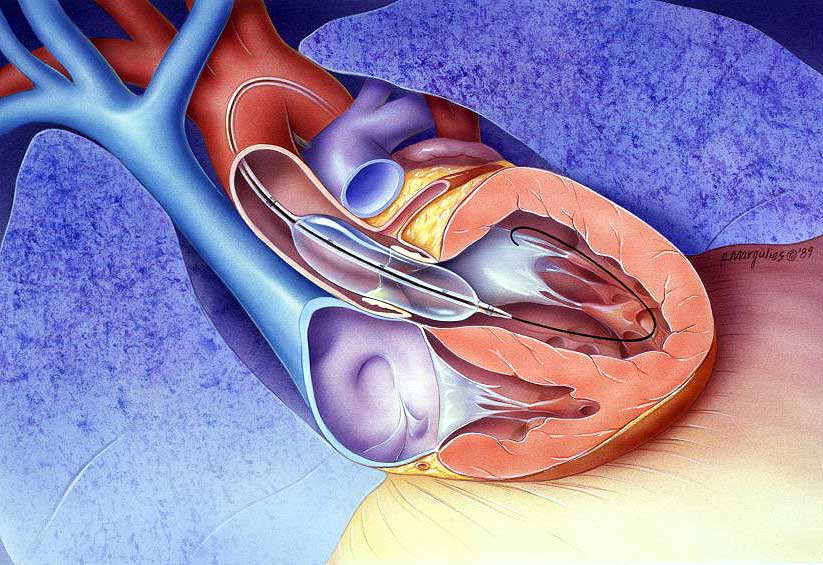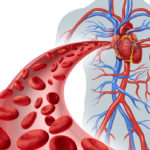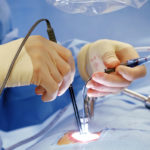
Heart valve dysfunction such as valvular insufficiency or valvular stenosis finds this surgery to be potential treatment
Heart Valve Replacement Surgery is considered to be a optional treatment for the valvular heart diseases. Heart valve dysfunction such as valvular insufficiency or valvular stenosis finds this surgery to be potential treatment.
Heart Valve Replacement Surgery involves the replacement of one or more valves of the heart. The replacement is done with either bioprostheis or artificial heart valve. This method is considered as an alternative to the method of valve repair.
The Heart Valve Replacement Surgery is conducted in four procedures for the four kinds of valves in the heart.
- Aortic valve replacement
- Tricuspid valve replacement
- Mitral valve replacement
- Pulmonary valve replacement
Procedure
Just before the surgery starts, the accessories and jewelry over the body would be removed. Then the cloths are replaced by the gown. Prior to conducting this procedure, the bladder is supposed to be made empty. An IV or Intravenous Line will be started to monitor the status continuously for the blood pressure & heart and also to obtain the samples of the blood. Anesthesia is given to the body. And the anesthesiologist monitors the blood pressure, blood oxygen levels, heart rate and breathing continuously during the surgery.
The patient would be asleep during the surgery, so does not feel the pain of the surgery. Initially, the chest of the patient is opened for the heart and a valve that caused the problem. For major duration of the surgery, the heart would be stopped working temporarily. Yet, it would be safe as the alternative heart-lung machine takes care of the blood circulation of the body and breathing. There are some alternative procedures also arranged in such to ensure the beating of the heart. The kind of procedure to be arranged is finally decided by the surgeon.
Then the heart valves are replaced with the minimally invasive techniques applied. Such procedure is less complex and less painful reducing the recovery time. The minimally invasion is generally done in three types.
After the surgery is done, the patient is taken to the recovery room and then carried to the ICU or Intensive Care Unit. The patient is closely and continuously monitored for a few days in ICU. ECG or Electrocardiogram is constantly monitored to trace the breathing rate, blood pressure, oxygen levels and other potential pressure readings. Recovery after the surgery takes usually long time and is based on how healthy and physically strong, before the patient gets operated.



